
The Boxing Hare in Swerford is a relatively new and exciting addition to the north Oxfordshire dining scene. Having opened only two years ago, it is located on the A361 between Chipping Norton and Banbury, in a region of highly competitive dining pubs. Its chances of long term success are ensured by the distinguished pedigrees of its owner and head chef. Restaurateur Antony Harris has 30 years’ experience in central London, notably at the Canal Brasserie (1987) and the highly acclaimed First Floor Dining Room and Private Dining Rooms in Notting Hill from 1998. Equally successful is head chef Nick Anderson, who was given his first head chef role by Antony some 30 years ago. His career, after working four years with Antony in the 90s, included the winning of three AA rosettes and two Michelin stars. Moving to Oxfordshire, he spent seven years cooking in Hampton Poyle before being reunited with Antony in 2017, when both were seeking new challenges. They saw encouraging opportunities in the Masons Arms which they rechristened the Boxing Hare, a name chosen by Nick and which, unlike many country pubs, is unique in the UK, (except for a pizzeria in Belfast!)

With ample parking space and spacious gardens with scenic Cotswold views, the handsome
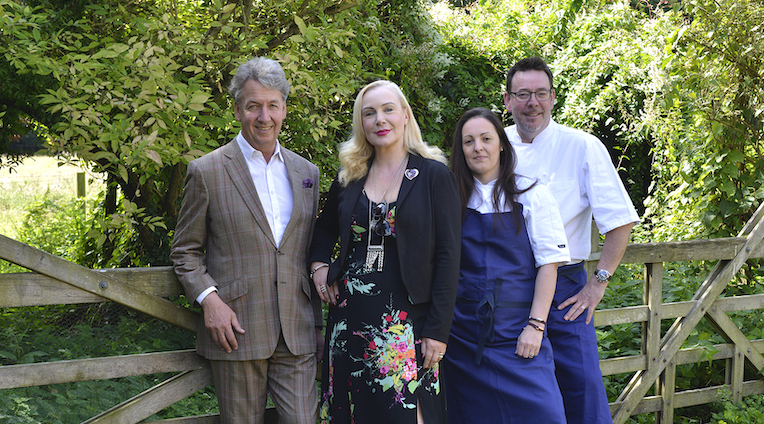
[Left Antony Griffith Harris and his partner Stacey C Elder, alongside chef Nick Anderson and his partner and sous chef, Kate Anderson, right]
Locality and seasonality are paramount in the sourcing of top quality produce. In particular, ribs of beef are bought from nearby Paddock Farm and dry aged for 50 days in two cooling cabinets. Indeed, speciality steaks are a very popular choice on the menu. Autumn sees a variety of game dishes offered, with deer sometimes supplied by local farmers. However, quality may necessitate buying from further afield such as Scottish girolles, Creedy Carver Duck from Devon or Jamon from Spain.
Sharply honed skills are shown in the harmonious composition and execution of dishes. Balance of flavours, tastes and textures are much in evidence. Accurate timing, whether in preparing a la minute, as with the steak dishes, or in long slow cooking, as with slow roast pork belly is precisely gauged. Saucing is another strength, whether in a red wine jus for duck confit or mustard sauce for smoked haddock. Desserts, the speciality of Kate, sous chef and wife of Nick Anderson, are equally accomplished. Presentation of dishes are clean, avoiding any contrived, and portions are generous.
With only four in the kitchen, the menu offers a surprisingly wide choice. Unlike other places, a good value prix fixe menu, £15 /£19 for two / three courses features smaller portions from selected choices from the carte rather than separate dishes. The main menu has 3 appetisers. Seven first courses, 13 main courses including, three steak options, and seven desserts.
In a September menu, a variety of tastes are catered for, from humble comfort food to ambitious, luxurious creations. Choices include a range of British and French classics, such as sausages and mash, fish and chips, Provencal fish soup and duck confit. There are some Italian and Spanish influences – witness Burrata Pugliese with Isle of Wight with heritage tomato and olive oil salad, basil oil, pecorino and summer truffle, and Jamon de Teruel DOP, rocket, shallots, shaved parmesan and Arbequina olive oil. Essentially, the Boxing Duck cooks what people like to eat, shunning outlandish or fashionable dishes which have minority appeal and a limited lifespan.
Prices are sensibly realistic given the skill in cooking and the excellent ingredients. First courses range from £7.50 to £12; mains from £14.50 to £40, with a 300 ounce cote de beouf at £68 for two; and desserts £2.50 per scoop of ice cream or sorbet to £8 for chocolate fondant. Cheese is priced individually at £4 or £9 for three.
Given the varied nature of the clientele, from butchers and farmers to the well-heeled guests of the nearby Soho Farmhouse and families who flock to the popular Sunday lunch, both the wide choice menu and the attractive pricing are well-judged to maintain customer loyalty.
Fine Dining Guide visited on a midweek evening in September, finding much to admire in the cooking and service. Although tempted, we decided to avoid the steak dishes and sides, which probably did not need starters or desserts, opting instead for three courses which show the breadth and depth of the cooking skills.
The first courses did not disappoint and augured well for the following courses

Twice baked soufflé, with its rich, mature cave aged cheddar, parmesan crust and accurate seasoning, had a perfectly balanced flavour and light, soft texture, with not a hint of egginess. Blanched spinach added contrast in taste and texture with a degree of freshness, whilst the sauce was mercifully not too creamy, unlike another famous version. This dish, perfected by sous chef Kate, was indeed, a tour de force of vegetarian cookery.

Classic Provencal fish soup was fittingly thick and deeply flavoured. Accompaniments of croutons, grated gruyere and a brilliant saffron and garlic rouille, invited the diner to float the anointed bread on the soup creating an even richer, more indulgent mouthfeel.
Both these starters could be viewed as acid tests for an accomplished kitchen: tests passed here with flying colours!

Duck confit is ubiquitous in many pub

Smoked haddock and mash was another accomplished dish. The fish, sourced from Alfred Enderby in Grimsby, had been gently poached in butter to add richness and balance the gentle smokiness of the delicately flaking fish. The potato mash and spinach were well seasoned whilst the poached egg enhanced the wholegrain mustard sauce which finished the dish.

For dessert, chocolate fondant is one where there is nowhere to hide. Perfectly timed to produce that much anticipated oozing centre, the salted caramel sauce helped balance the richness and sweetness. Chocolate and almond crumb gave contrasting texture as did a silky smooth, well flavoured vanilla ice cream.

Peach Melba is a dessert which, over the years, has often been adulterated with superfluous garnishes. Here it simply presented in
Cheerful, welcoming and knowledgeable service was at pains to put us at our ease and enhanced the whole experience.
The Boxing Hare is certainly worth a second visit, perhaps to try a signature starter of Cotswold gin and beetroot cured sea trout, or a 50


















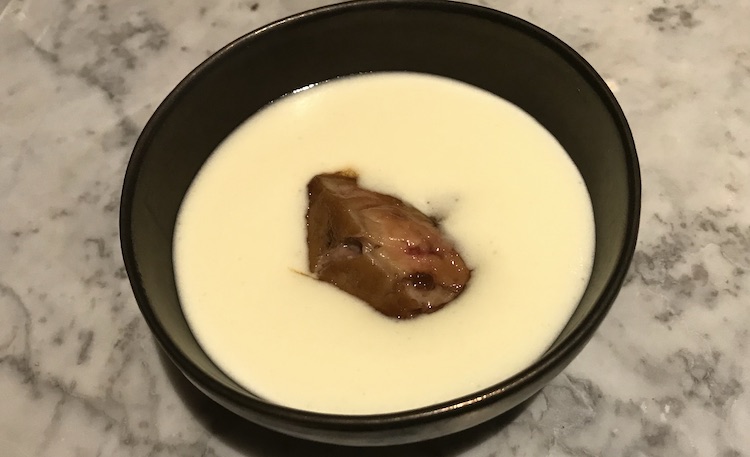


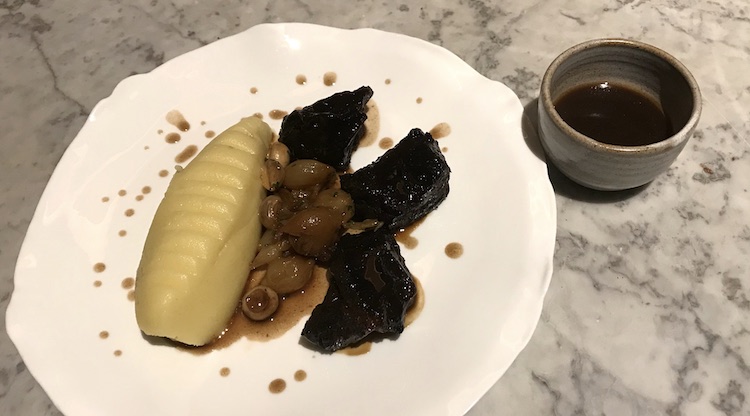














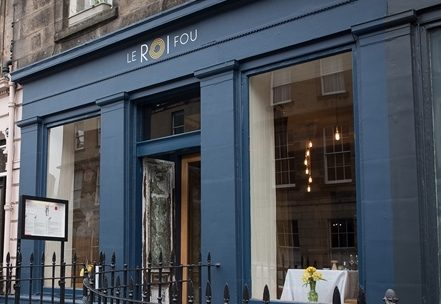


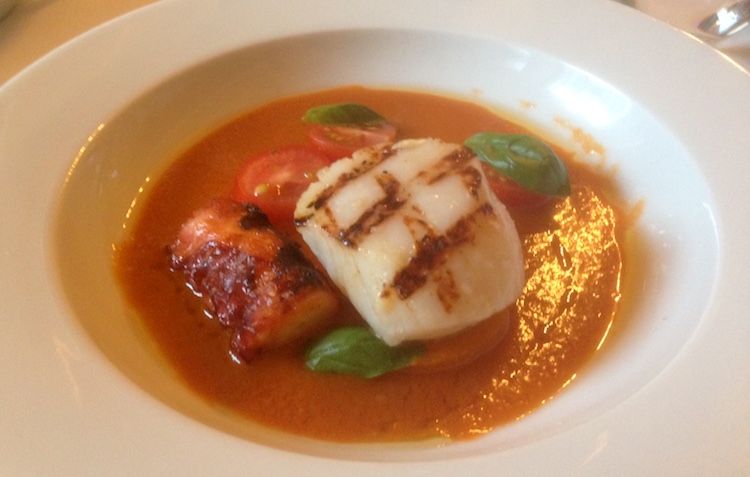






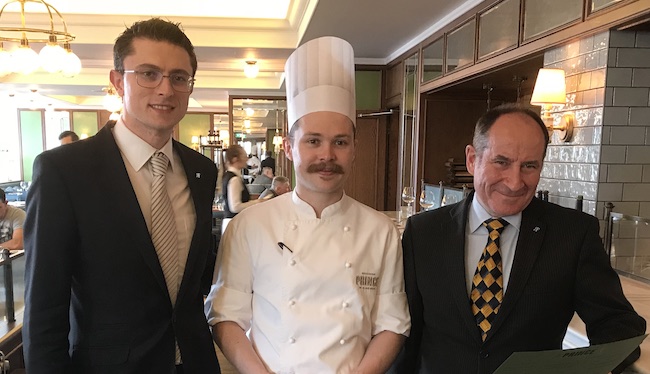

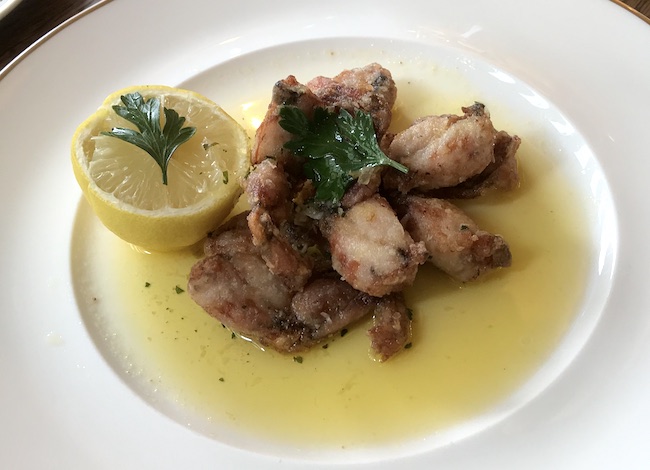





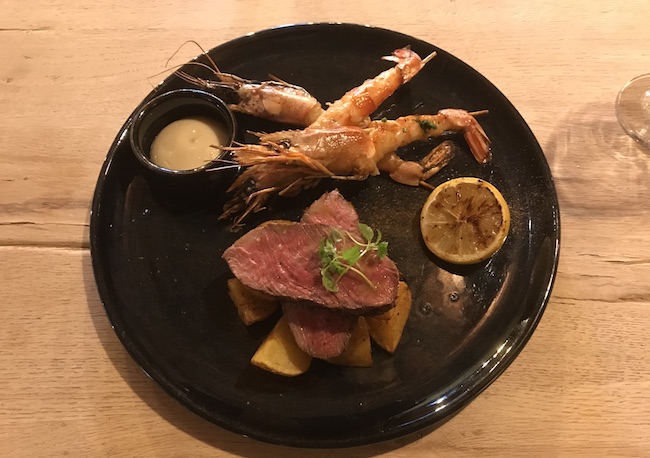



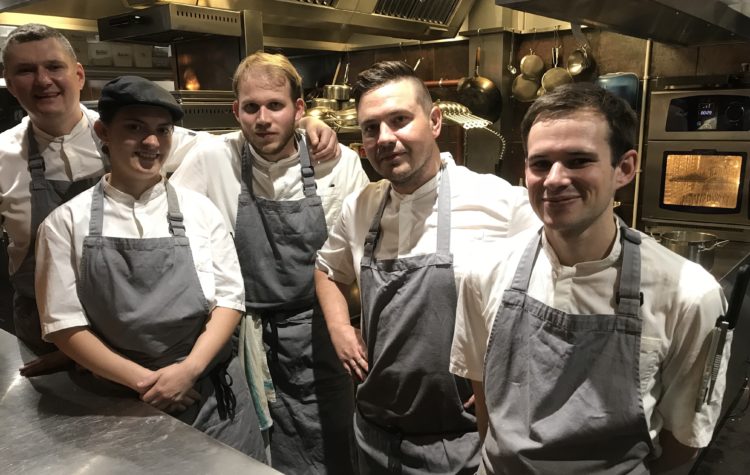


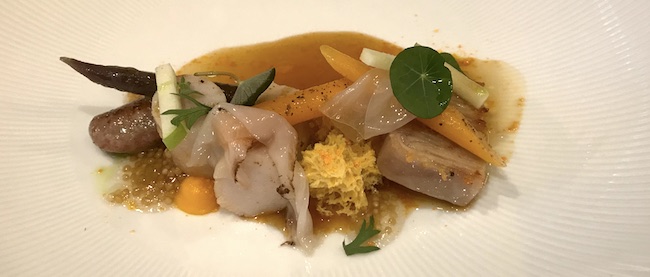




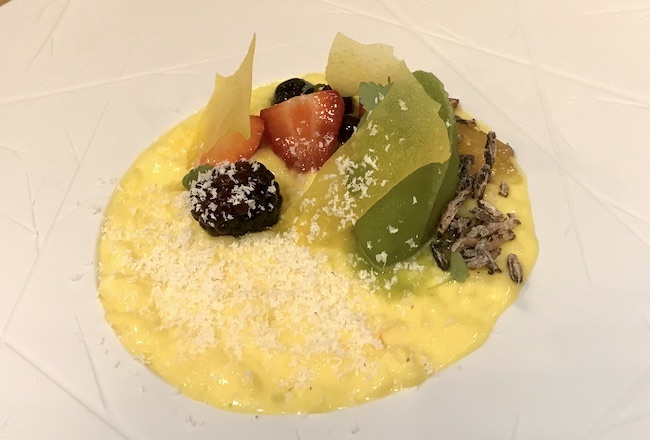








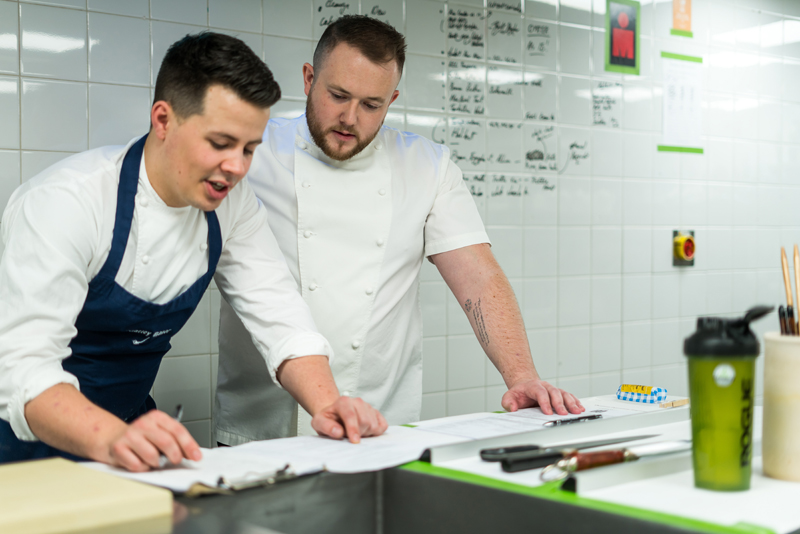
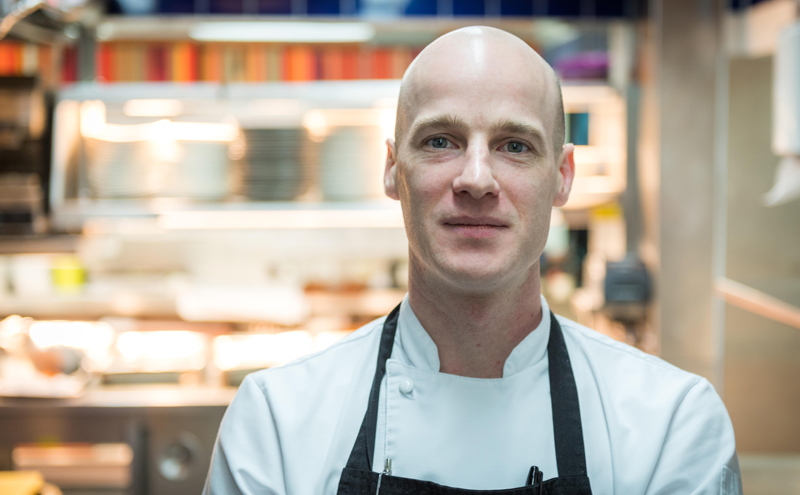
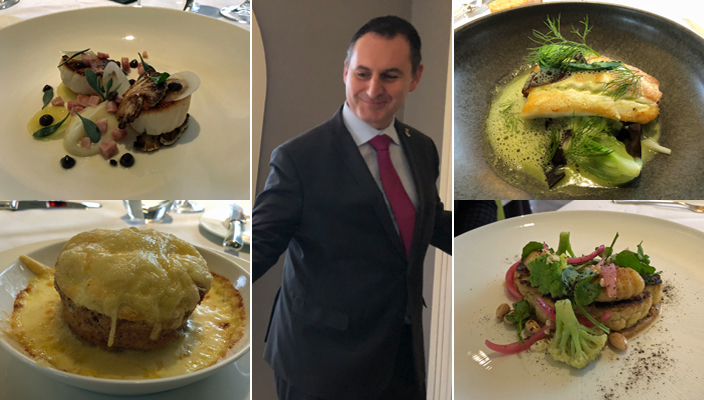


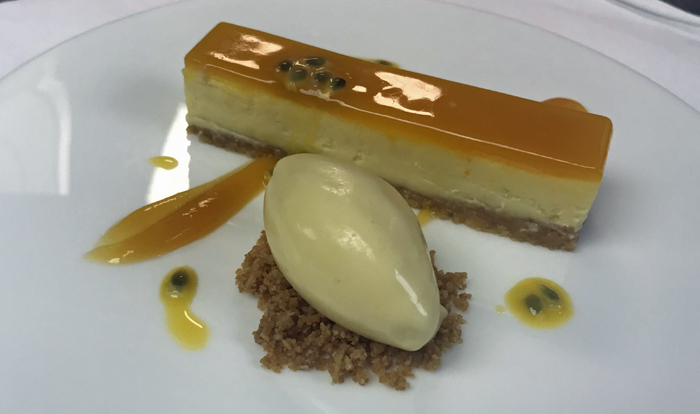

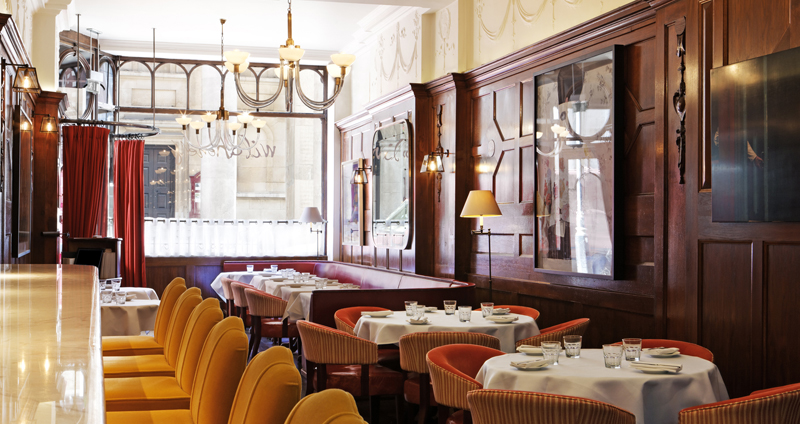










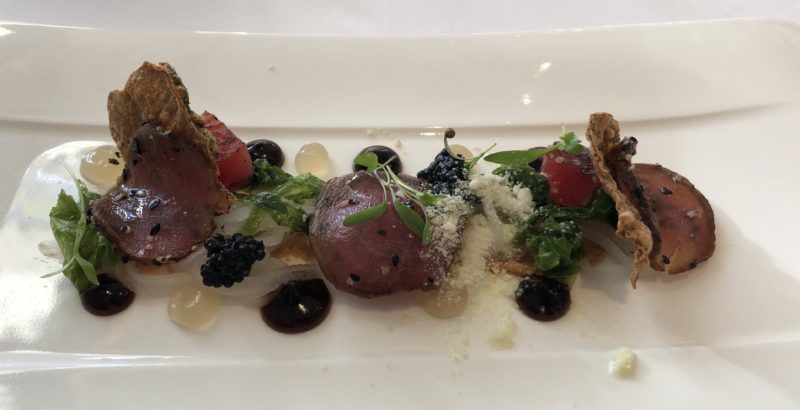















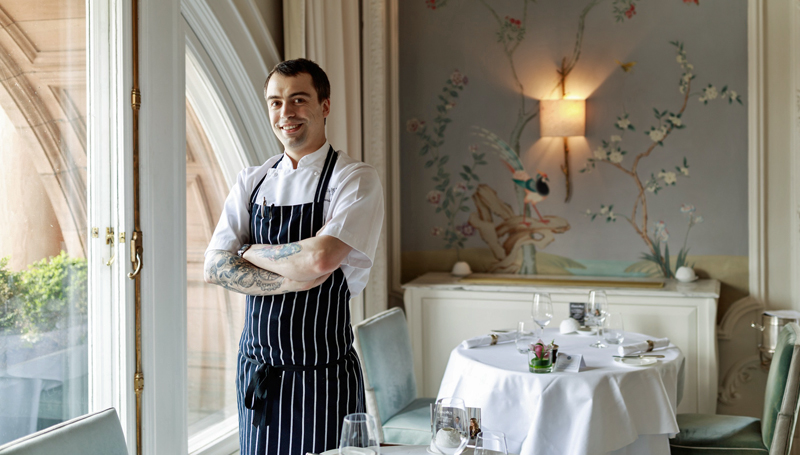


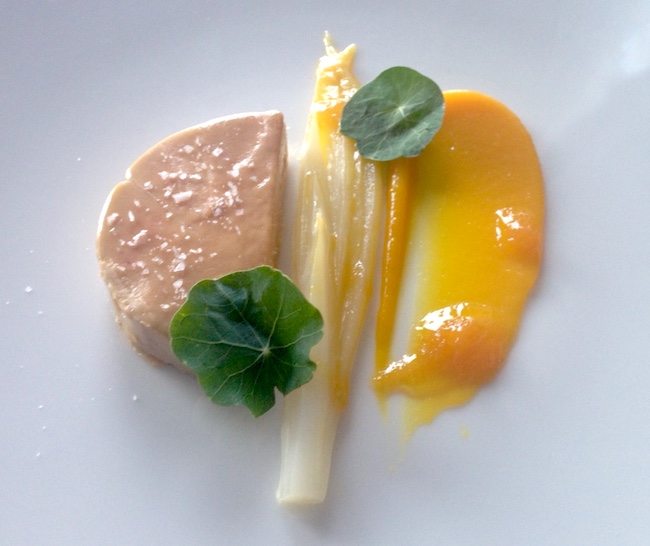




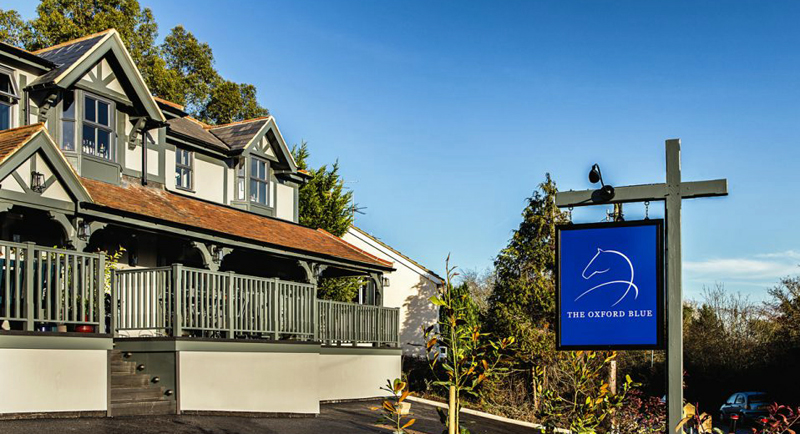





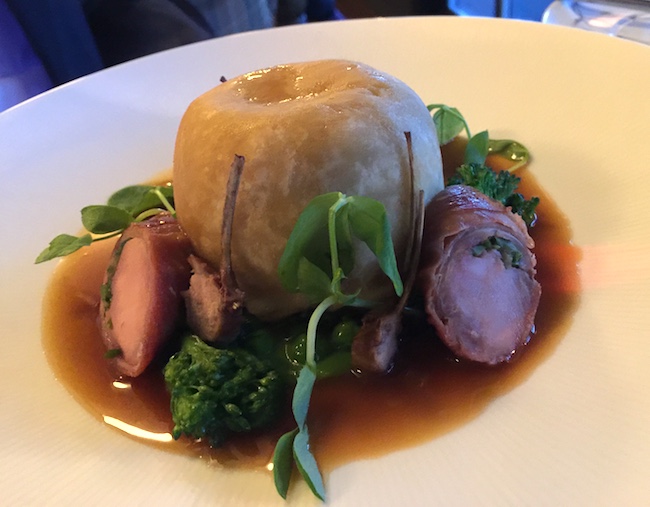


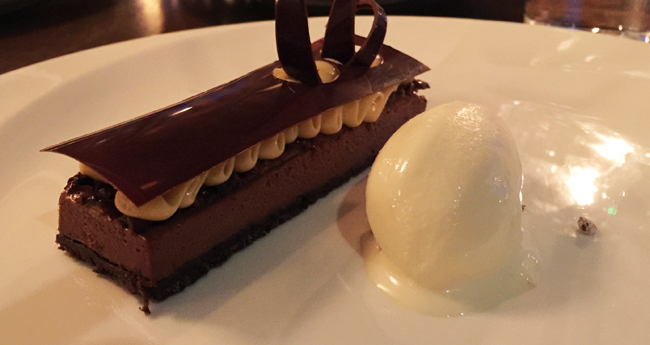
 Atul Kochhar, chef patron of Benares in Berkeley Square, is renowned for combining traditional and contemporary elements in his innovative take on Indian cuisine. Having gained a Michelin star first at Tamarind in 2001 then at his current restaurant in 2007, his unique blend of regional Indian cooking with a modern British twist has been frequently imitated but never matched. At the heart of his cuisine is the balance of flavours and textures in sometimes unusual combinations, where spicing, for warmth and aroma rather than heat, is acutely judged, thereby enhancing, rather than overwhelming the true flavour of top quality British produce. Minute attention to detail and elegant presentation do full justice to a seemingly inexhaustible creativity which has elevated Indian cuisine from curry house staple to sophisticated fine dining
Atul Kochhar, chef patron of Benares in Berkeley Square, is renowned for combining traditional and contemporary elements in his innovative take on Indian cuisine. Having gained a Michelin star first at Tamarind in 2001 then at his current restaurant in 2007, his unique blend of regional Indian cooking with a modern British twist has been frequently imitated but never matched. At the heart of his cuisine is the balance of flavours and textures in sometimes unusual combinations, where spicing, for warmth and aroma rather than heat, is acutely judged, thereby enhancing, rather than overwhelming the true flavour of top quality British produce. Minute attention to detail and elegant presentation do full justice to a seemingly inexhaustible creativity which has elevated Indian cuisine from curry house staple to sophisticated fine dining








